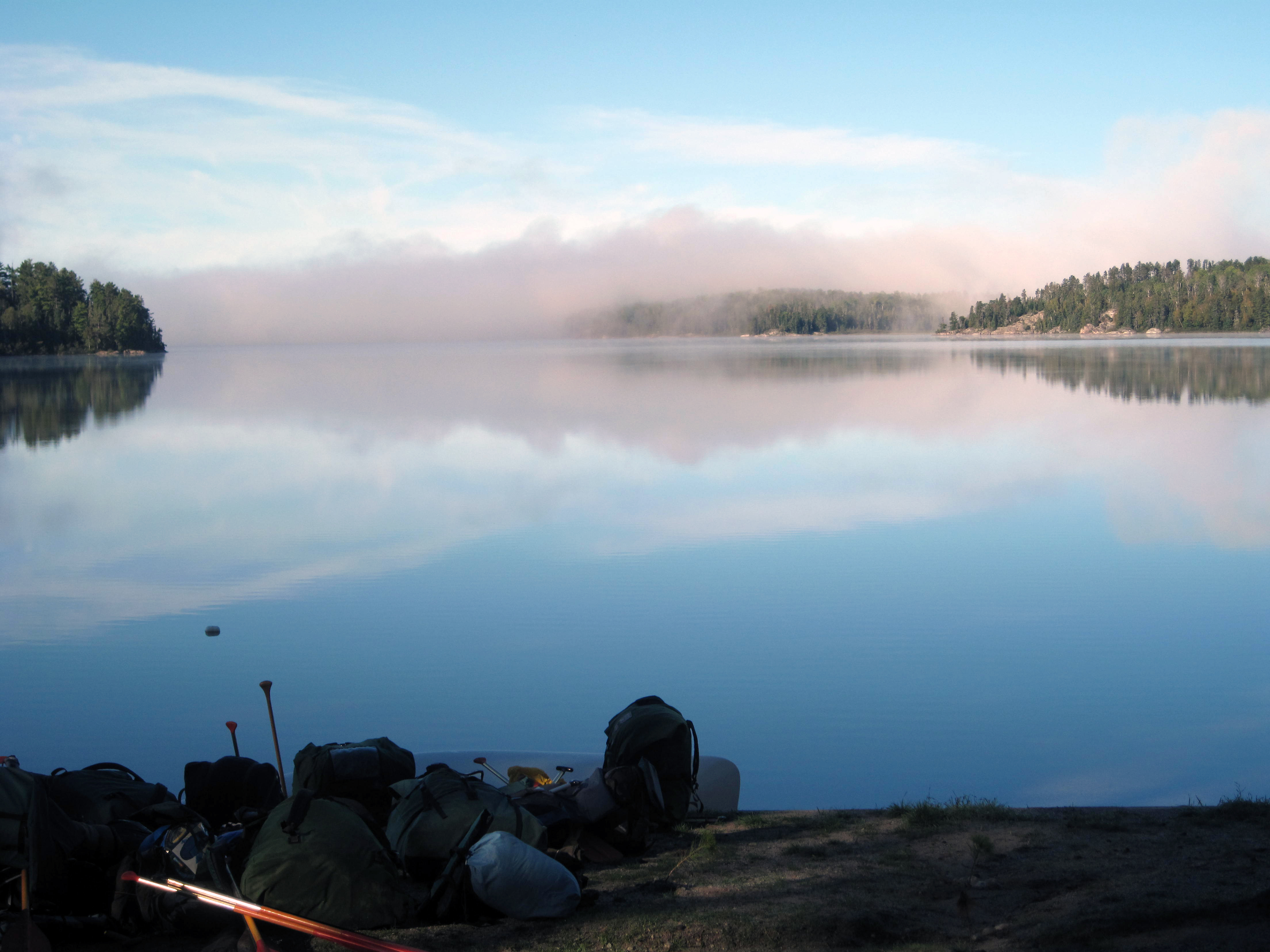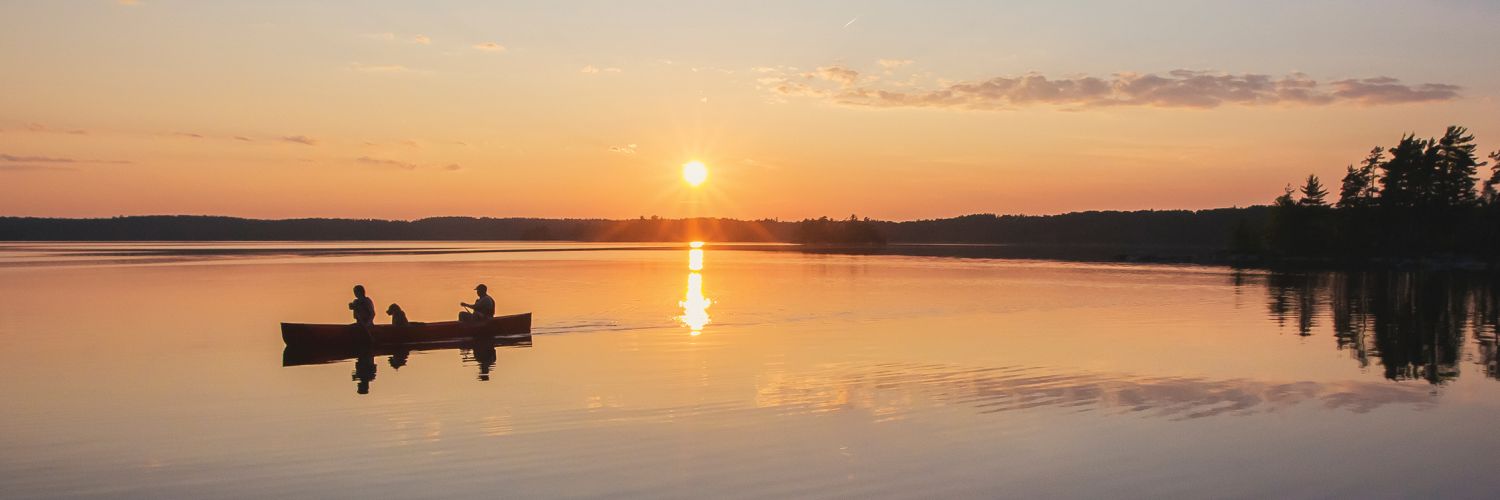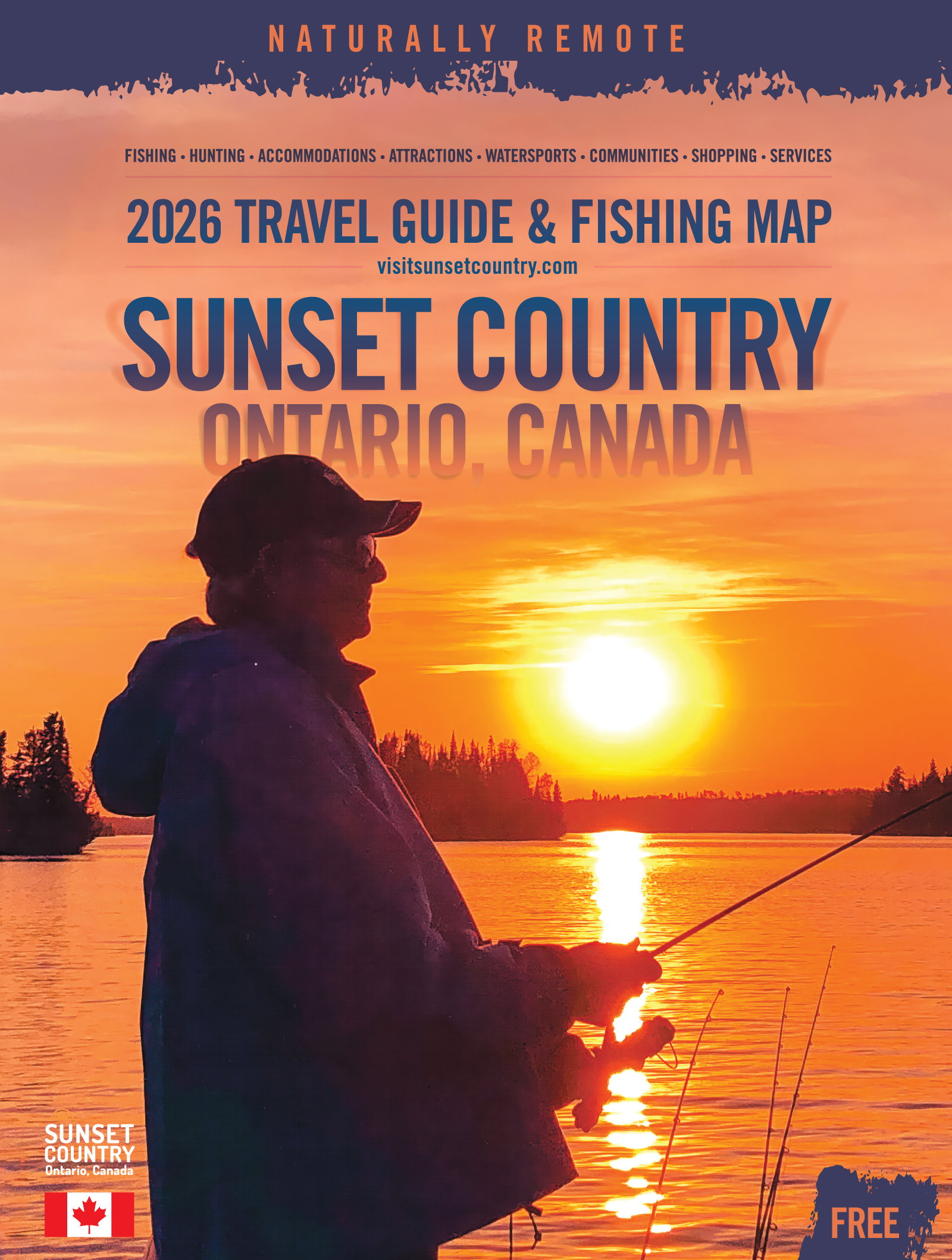Canoeing
Stretching 60 miles from east to west and 40 miles from north to south, Quetico Provincial Park is renowned for its rugged beauty - its towering rock cliffs, majestic waterfalls, virgin pine and spruce forests, picturesque lakes and rivers - and for the best wilderness canoeing in the world. There are hundreds of lakes and rivers linked by portages providing endless canoe routes within the park.
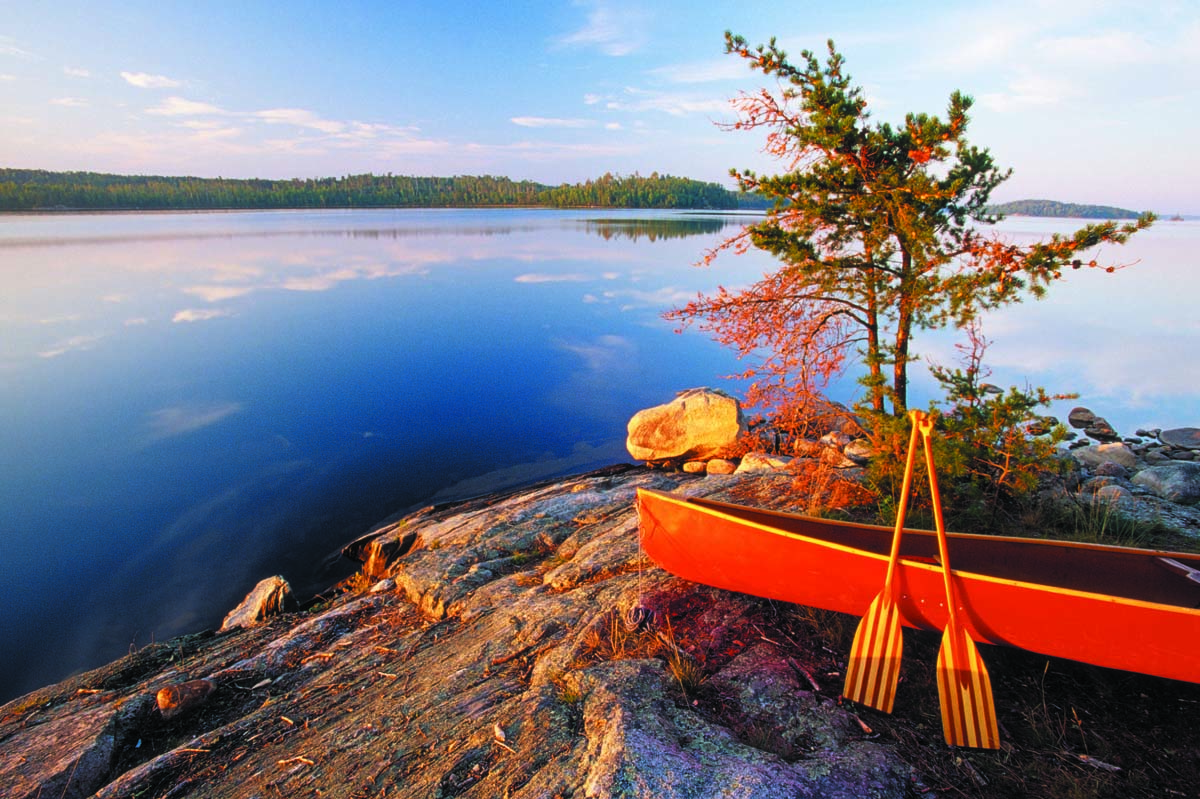
Fishing
The many interconnecting lakes and waterways of Quetico Park feature a large variety of fish. During spring, lake trout are plentiful. In summer, smallmouth bass and walleye are common catches.
Fishing licences are available at all ranger stations in Quetico Park. They are required for fishing and must be in your possession when fishing. The catch and release method of fishing is most successful when barbs are removed or crushed, and fish handling is kept to a careful minimum.
Live bait fish will upset the natural ecosystem of a lake and are, therefore, not allowed. This includes live crayfish. Possession of smelt while angling is prohibited. Leeches may be used, but must be purchased in Canada and cannot be imported from the USA.
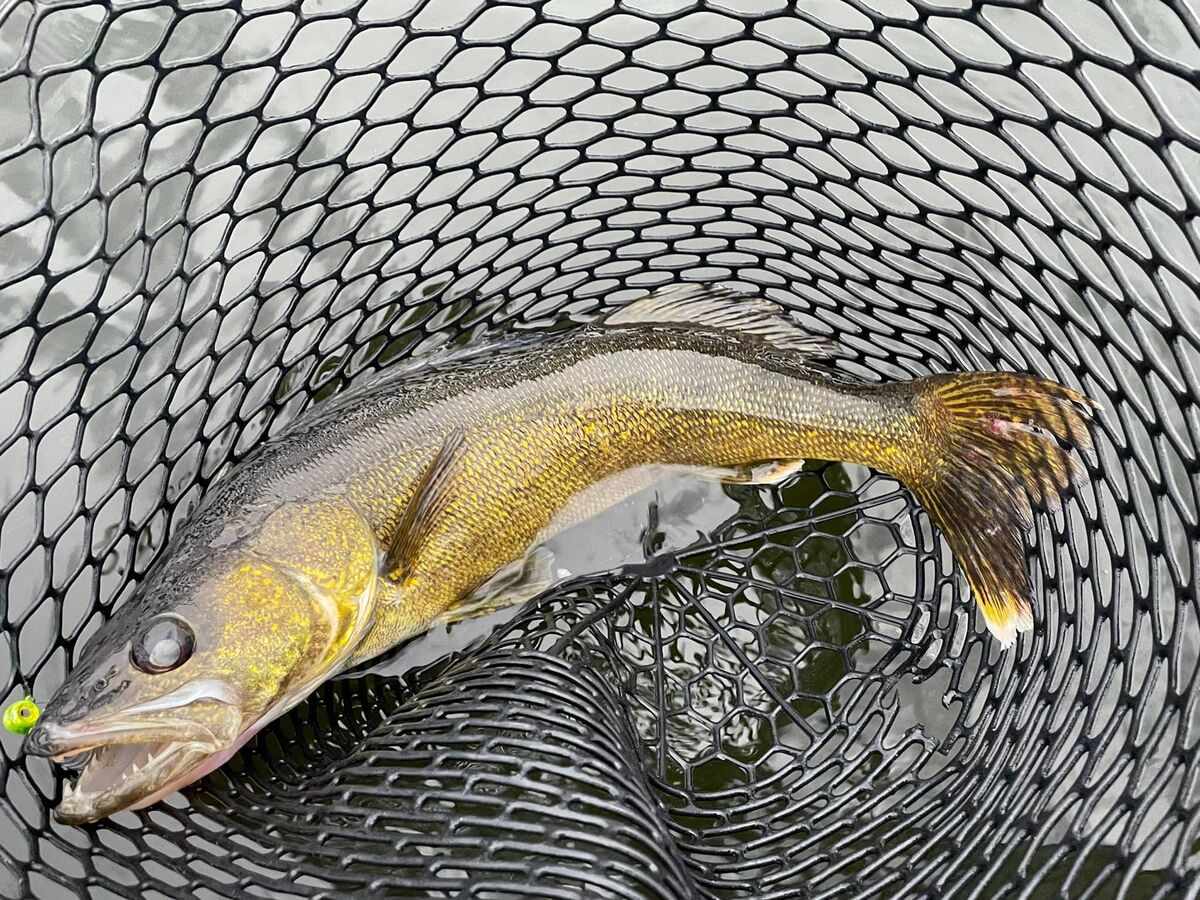
Wildlife Viewing
The park abounds in wildlife, with one area boasting four moose per square mile, one of the highest densities in the province. The canoeist stands an excellent chance of seeing moose, bears, beaver, otter, marten and bald eagles. Don't forget about the 90 species of birds nesting here and seeing loons is guaranteed!.
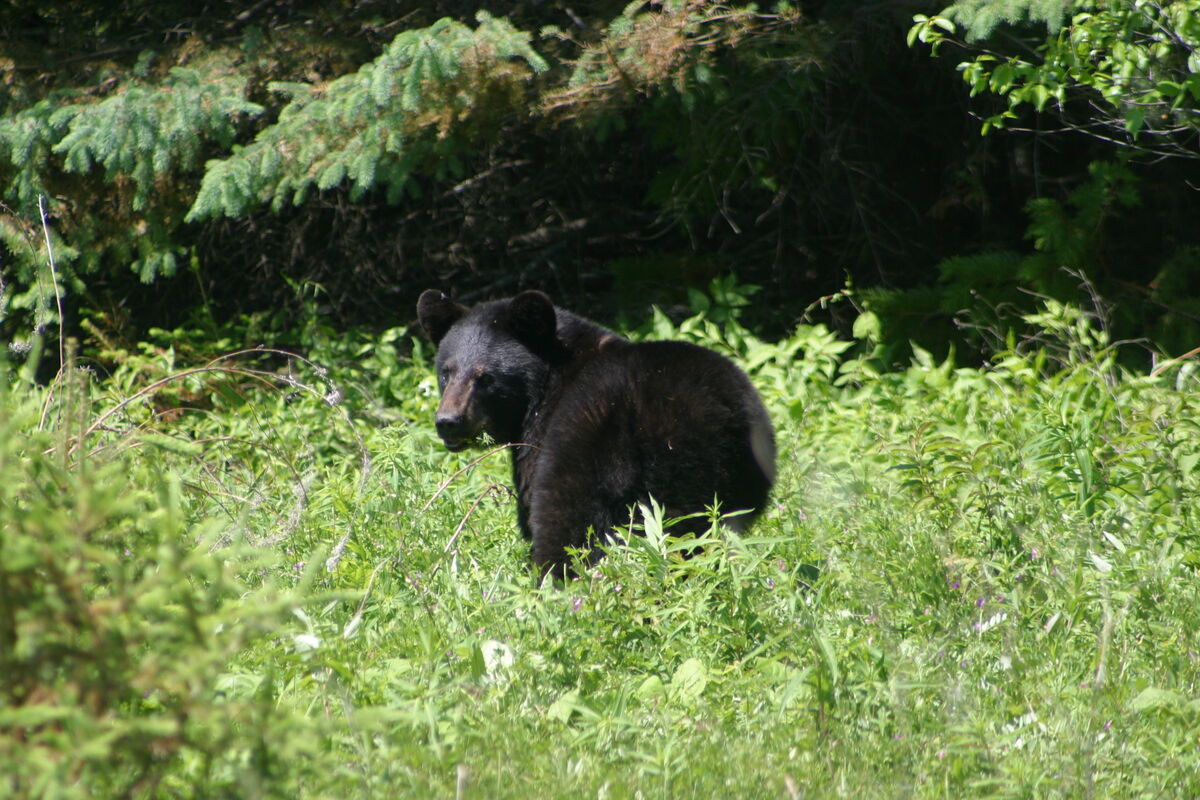
Boating
Motorboats are not permitted on the lakes and waterways of Quetico Park, except in the Lac La Croix and Beaverhouse area. Only the Lac La Croix guides are permitted to use motorboats, limited to 10 horsepower motors or smaller, a maximum of four per day, and only on 10 lakes.
Hiking
While most of Quetico Park is accessible by water only, there are some hiking trails accessible from the Dawson Trail Campground near Atikokan. Hiking the trails takes approximately 30 minutes to 3.5 hours and ranges from moderate to strenuous.
Swimming
At Dawson Trail Campground, visitors can swim at beaches along the shore of French Lake. Visitors to the interior will find many opportunities to take a dip.
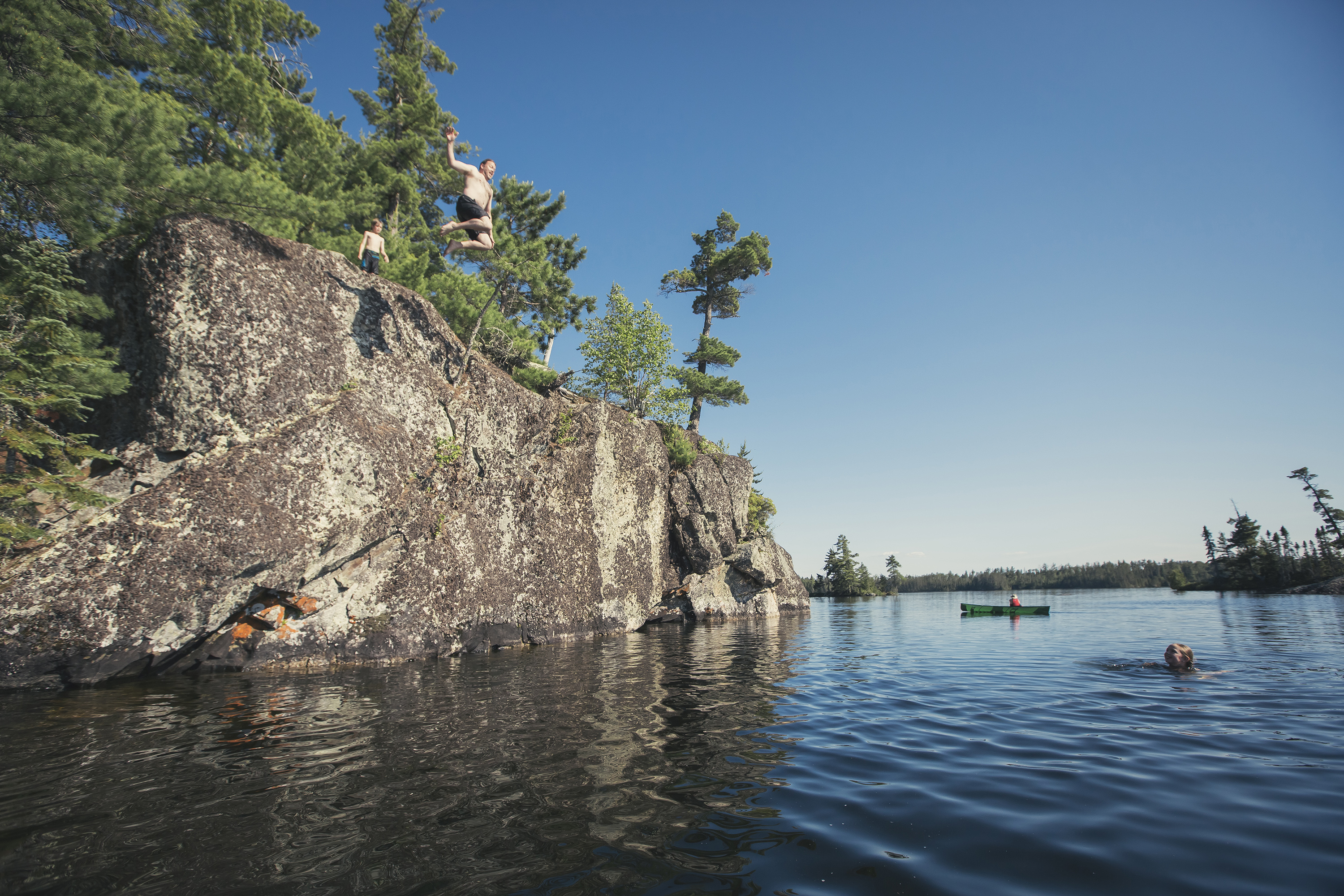
Cycling
Cycling is permitted in Dawson Trail Campground but not on hiking trails.
Winter Activities
Quetico is an incredible place in the winter months too, and offers excellent snowshoeing and cross-country skiing. Ice fishing is also available. No snowmobiles are allowed in the park. Ontario Parks has several cabins available in the winter.
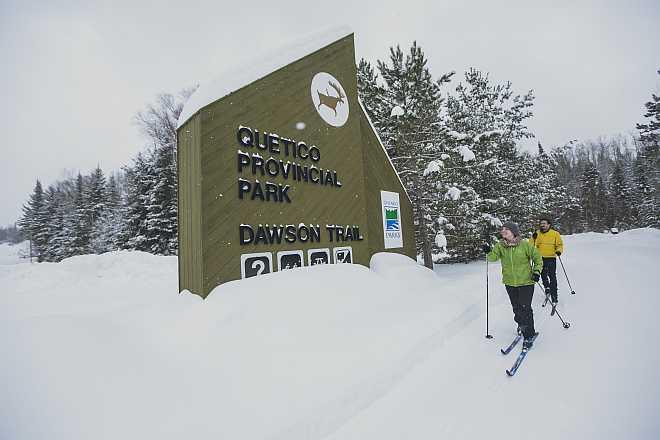
Natural Features
The last of the glaciers receded from Quetico about 12,000 years ago, leaving a landscape dominated by exposed bedrock, rounded, smoothed or scratched, crushed into boulders or shattered to form imposing cliffs.
The visitor to Quetico will find a primeval wilderness of limitless forests, mirror-smooth lakes, and innumerable bogs, all supporting a rich variety of plants and animals. The northern forest is mainly black spruce, jack pine, trembling aspen and white birch, with sheltered pockets of more southern trees such as oak, elm, silver maple, yellow birch and basswood. The park also has magnificent stands of red and white pine.
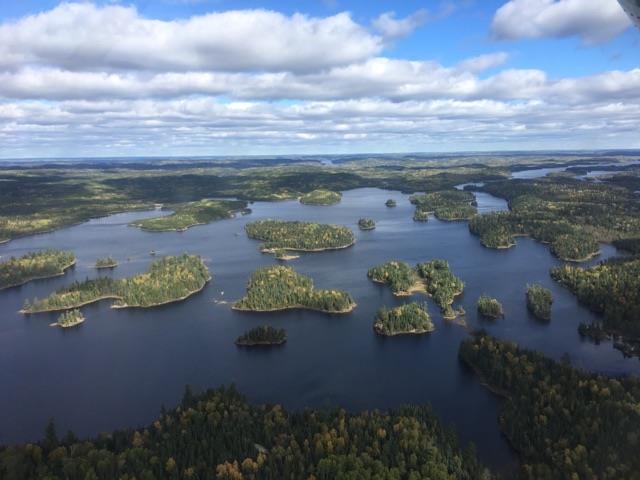
Quetico's many interconnecting waterways were the highway system upon which explorers sought the passage to the West. The waterways were also a vital transportation route that supplied fur pelts to the markets of Montreal and Europe in the mid-17th century. Today these waterways are a wilderness paradise for canoeists.
